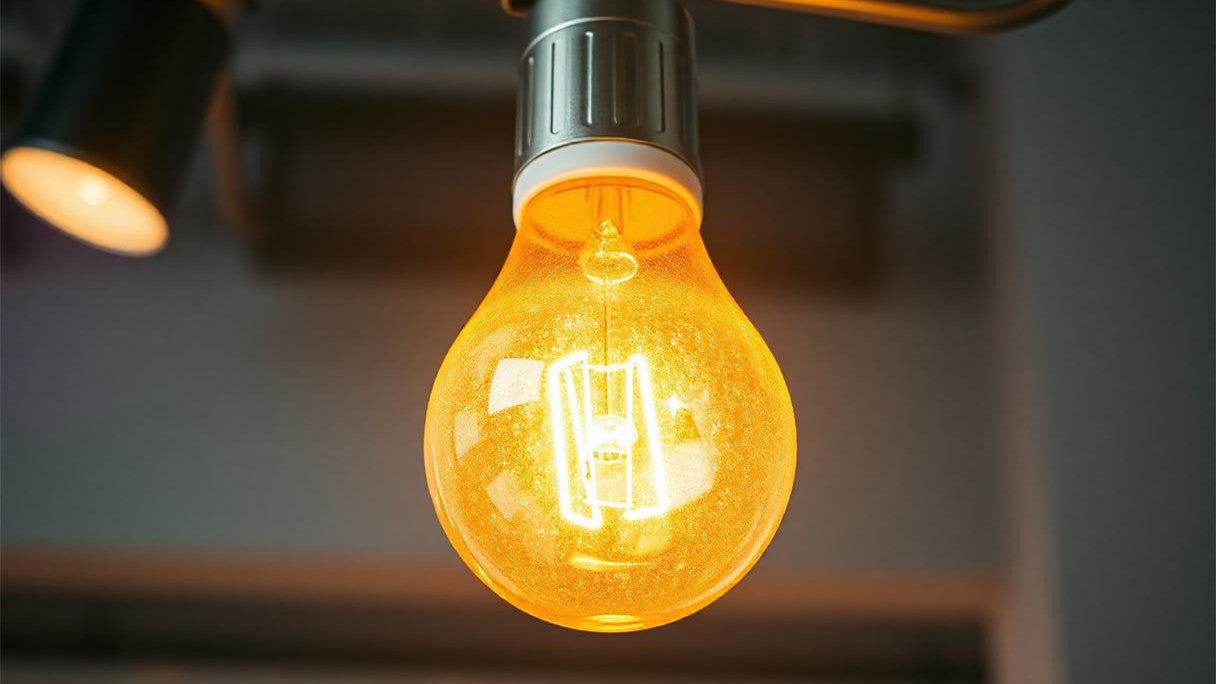When it comes to lighting, understanding the lumen output of a bulb is crucial for choosing the right option for your space. Lumens measure the total amount of visible light emitted by a source, and they directly influence how bright your environment will be. If you're wondering how many lumens a 4ft fluorescent bulb provides, you're not alone. This guide will delve into the lumen output of 4ft fluorescent bulbs, comparing it to other lighting options and exploring the factors that affect brightness.
The Basics of 4ft Fluorescent Bulbs
4ft fluorescent bulbs are a popular choice for commercial and residential settings due to their efficiency and longevity. These bulbs come in different types, including T8, T12, and T5, each varying in diameter and efficiency. The lumen output of a 4ft fluorescent bulb depends on the type of bulb and its wattage.
- T8 Bulbs: The T8 bulb is one of the most common 4ft fluorescent options. Typically, a 32-watt T8 bulb produces around 2,500 to 3,000 lumens. This makes it an energy-efficient choice, balancing brightness and power consumption.
- T12 Bulbs: T12 bulbs are less efficient and older than T8 bulbs. A 40-watt T12 bulb generally emits between 2,300 and 2,800 lumens. Due to their larger diameter and higher energy consumption, T12 bulbs are gradually being phased out in favor of more efficient options.
- T5 Bulbs: T5 bulbs are thinner and more efficient than both T8 and T12 bulbs. A 28-watt T5 bulb can produce up to 2,900 to 3,100 lumens, providing excellent brightness while using less energy.
Factors Influencing Lumen Output
While the type and wattage of the bulb are primary factors in determining the lumen output, several other elements can influence how bright a 4ft fluorescent bulb appears in your space.
- Age of the Bulb: Fluorescent bulbs tend to lose brightness over time. A new 4ft fluorescent bulb will emit more lumens compared to one that has been in use for several years.
- Temperature: Fluorescent bulbs are sensitive to temperature. In colder environments, the lumen output of a 4ft fluorescent bulb can decrease, leading to dimmer light.
- Ballast Compatibility: The ballast used in the fixture can also affect the lumen output. A mismatched or aging ballast can reduce the efficiency of the bulb, leading to lower lumen production.
- Fixture Design: The design and condition of the fixture play a role in how much light is dispersed into the room. Dirty or outdated fixtures can block or absorb light, reducing the perceived brightness.

Comparing Fluorescent Bulbs to LEDs
As LED technology continues to advance, many people are considering switching from fluorescent to LED lighting. A 4ft LED tube can offer similar or even higher lumen output while consuming less energy. For instance, a 15-20 watt 4ft LED tube can produce between 1,800 and 2,500 lumens, comparable to or better than a traditional 4ft fluorescent bulb.
LEDs also have the advantage of instant illumination, longer lifespan, and better performance in various environmental conditions. While the initial cost of LEDs might be higher, the long-term savings on energy and maintenance make them a worthy investment.
Practical Applications of 4ft Fluorescent Bulbs
Understanding the lumen output of a 4ft fluorescent bulb is vital for selecting the right lighting for different applications. For example:
- Offices: A 4ft fluorescent bulb with around 3,000 lumens is suitable for providing adequate illumination in workspaces, reducing eye strain and increasing productivity.
- Retail Stores: Bright lighting is crucial in retail environments to highlight products. A combination of 4ft fluorescent bulbs and other lighting types can create an inviting atmosphere.
- Residential Garages: In residential settings, 4ft fluorescent bulbs are commonly used in garages or basements where bright, even light is necessary.
Conclusion
The lumen output of a 4ft fluorescent bulb can range from 2,300 to 3,100 lumens, depending on the type and wattage of the bulb. While 4ft fluorescent bulbs have been a reliable lighting solution for years, advancements in LED technology offer comparable brightness with greater energy efficiency. Whether you choose to stick with fluorescent lighting or upgrade to LEDs, understanding the lumen output will help you make an informed decision that meets your lighting needs.


































Leave a comment
This site is protected by hCaptcha and the hCaptcha Privacy Policy and Terms of Service apply.